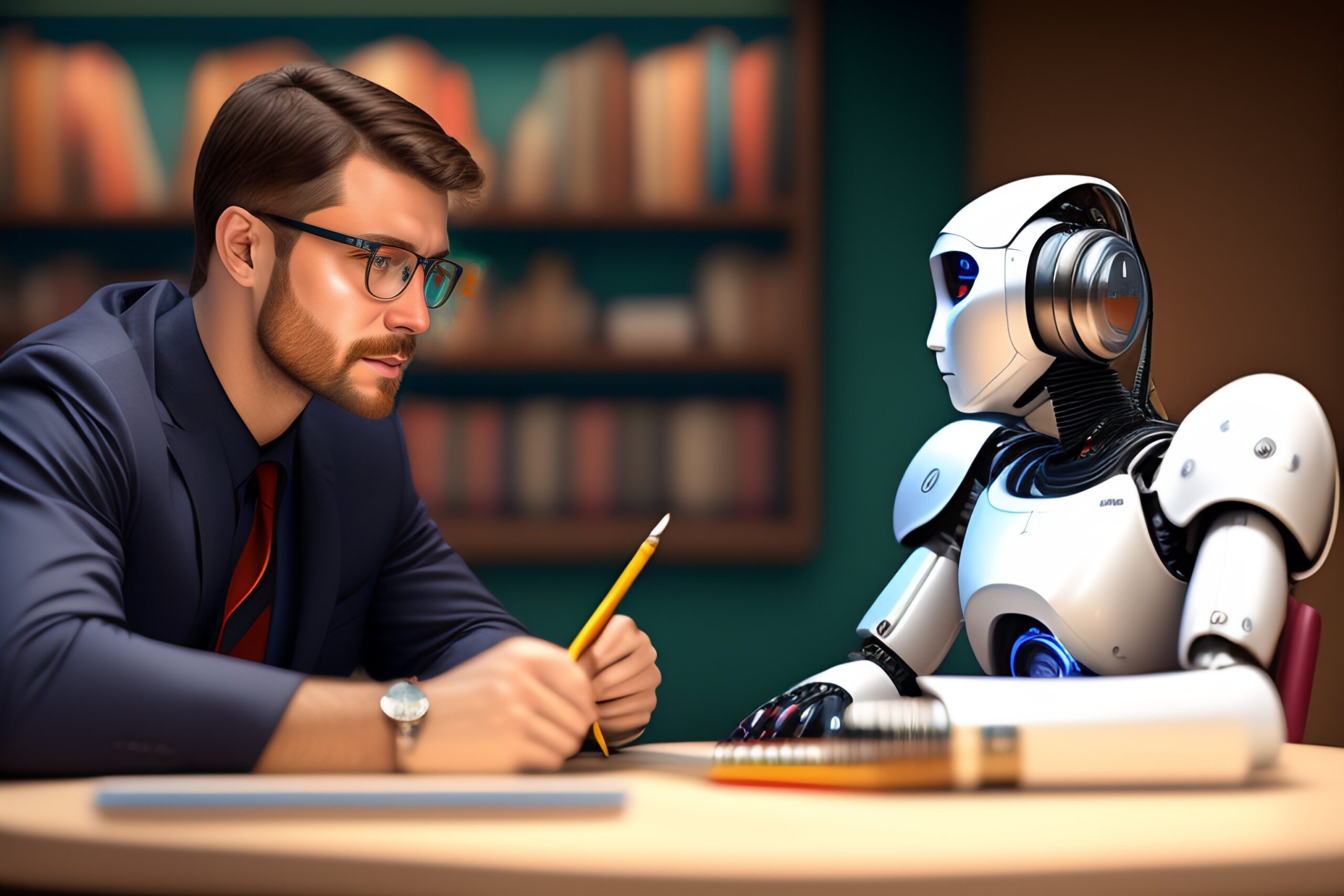

The swift progress in artificial intelligence (AI) and robotics has ignited a revolution, permeating diverse industries and reshaping our everyday experiences. Within this transformative landscape, a pivotal inquiry emerges: are robots genuinely replicating the nuanced social behaviors of functional human beings? Moreover, as AI technology continues to progress at an unprecedented pace, it becomes imperative to dissect the intricacies of robot social behavior. Furthermore, delving into this topic not only unveils the potential of AI but also raises thought-provoking questions about the ethical implications and societal impact of these advancements.
In addition to exploring the technical aspects, it is crucial to consider the psychological and emotional dimensions. Robots interacting with humans, although artificial, evoke genuine human responses. However, deciphering the authenticity of these interactions requires a nuanced understanding of human emotions and AI programming intricacies. Throughout this blog, we will immerse ourselves in the captivating realm of AI and robotics, meticulously analyzing their capacities and constraints concerning robot social behavior in human interactions.
Defining AI and Robotics
AI refers to the simulation of human intelligence in machines that are programmed to think and learn like humans. Robotics, on the other hand, involves the design and construction of robots to perform tasks autonomously or semi-autonomously.
The Evolution of AI and Robotics
AI and robotics have come a long way from their rudimentary forms. Early machines could perform basic tasks, but modern iterations are equipped with complex algorithms, enabling them to learn, adapt, and even exhibit social behaviors.
Communication Skills
Robots are now capable of engaging in basic conversations. Natural Language Processing (NLP) algorithms empower them to understand and respond to human speech. However, the depth of these interactions often lacks the nuanced understanding of human emotions.
Emotional Intelligence in Robots
Developments in affective computing enable robots to recognize human emotions based on facial expressions and tone of voice. This capability, though remarkable, is still in its infancy, with room for improvement in interpreting subtle emotional cues.
Ethical Considerations
The integration of AI and robotics in social contexts raises ethical dilemmas. Questions about privacy, consent, and the potential misuse of these technologies underscore the need for stringent regulations and guidelines.
Cultural and Social Variances
Different cultures perceive social cues and norms differently. Moreover, teaching robots to navigate these intricacies without inadvertently offending or misinterpreting cultural nuances presents a significant challenge. Understanding these differences is crucial; furthermore, it is essential to bridge the gap between diverse cultures and artificial intelligence.
Limitations of Robot Socialization
While robots can mimic social behaviors to a certain extent, genuine social understanding remains elusive. Empathy, intuition, and the ability to comprehend complex human emotions are qualities that robots, as of now, do not possess.
Human-Robot Relationships
The concept of human-robot relationships is gaining traction. From companionship robots for the elderly to therapy bots for individuals with mental health issues, these machines are venturing into roles that require a degree of social acumen.

Enhancing Social Skills
Researchers are actively working on enhancing robots’ social skills. Machine learning algorithms are being trained with vast datasets of human interactions, aiming to bridge the gap between artificial and human social intelligence.
Integration in Society
As robots become more sophisticated, their integration into society will likely become more seamless. This integration, however, necessitates ongoing discussions about ethics, policy frameworks, and the societal impact of AI and robotics.
In the fascinating realm of AI and robotics, machines are indeed progressing toward emulating social behaviors. However, the journey to achieving a level of social understanding akin to humans is still underway. Ethical considerations, cultural variances, and the inherent limitations of technology continue to shape the trajectory of this evolution.
Furthermore, as we tread into this uncharted territory, it’s essential to acknowledge that while robots might act like functional social beings to some extent, the essence of true human connection goes beyond algorithms and programming. Moreover, the integration of AI and robotics into our society necessitates continuous reflection and ethical scrutiny.
For deeper insights on Visual Human-Robot Interaction(VHRI) , kindly click on the following link: https://mycollegeassignment.com/?s=Visual+Human-Robot+Interaction+and+Its+Applications+in+the+Robotics+Industry&ct_bot_detector_event_token=2bf3e5d6d
Do you require any assistance with your assignments? We’re here to help you ! Now is the time to go http://www.subjectacademy.com/ https://www.instagram.com/mycollegeassignment/